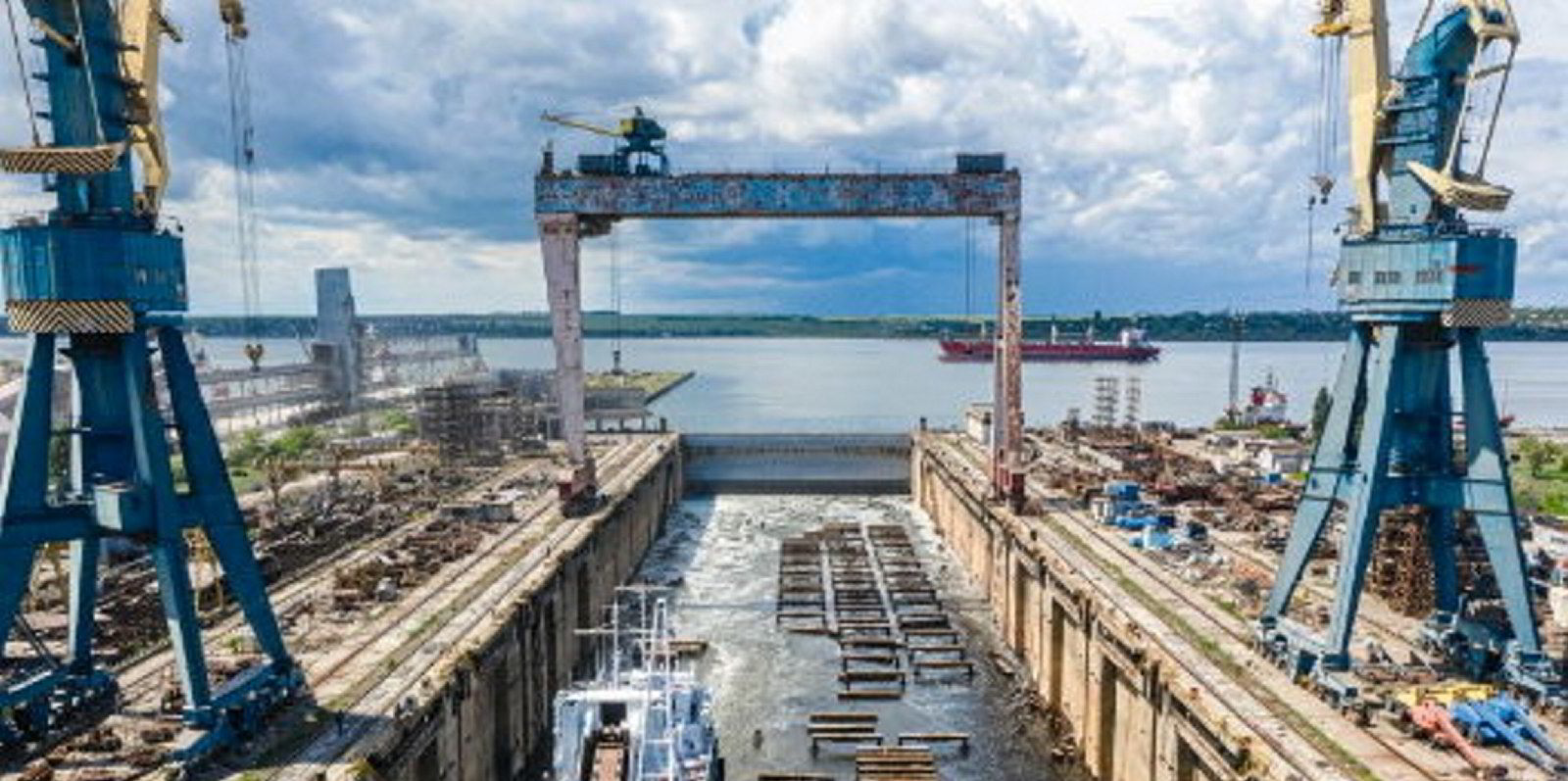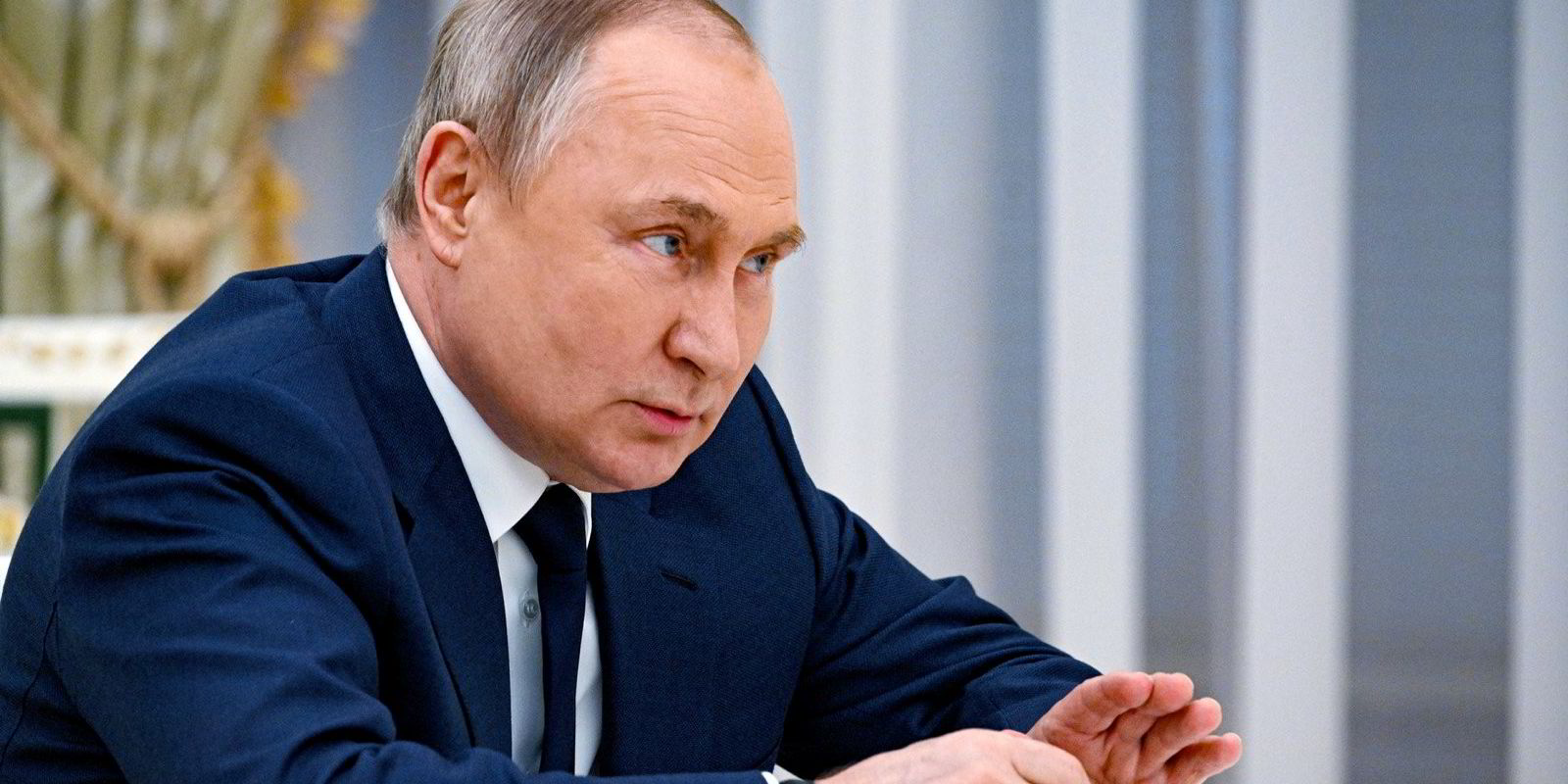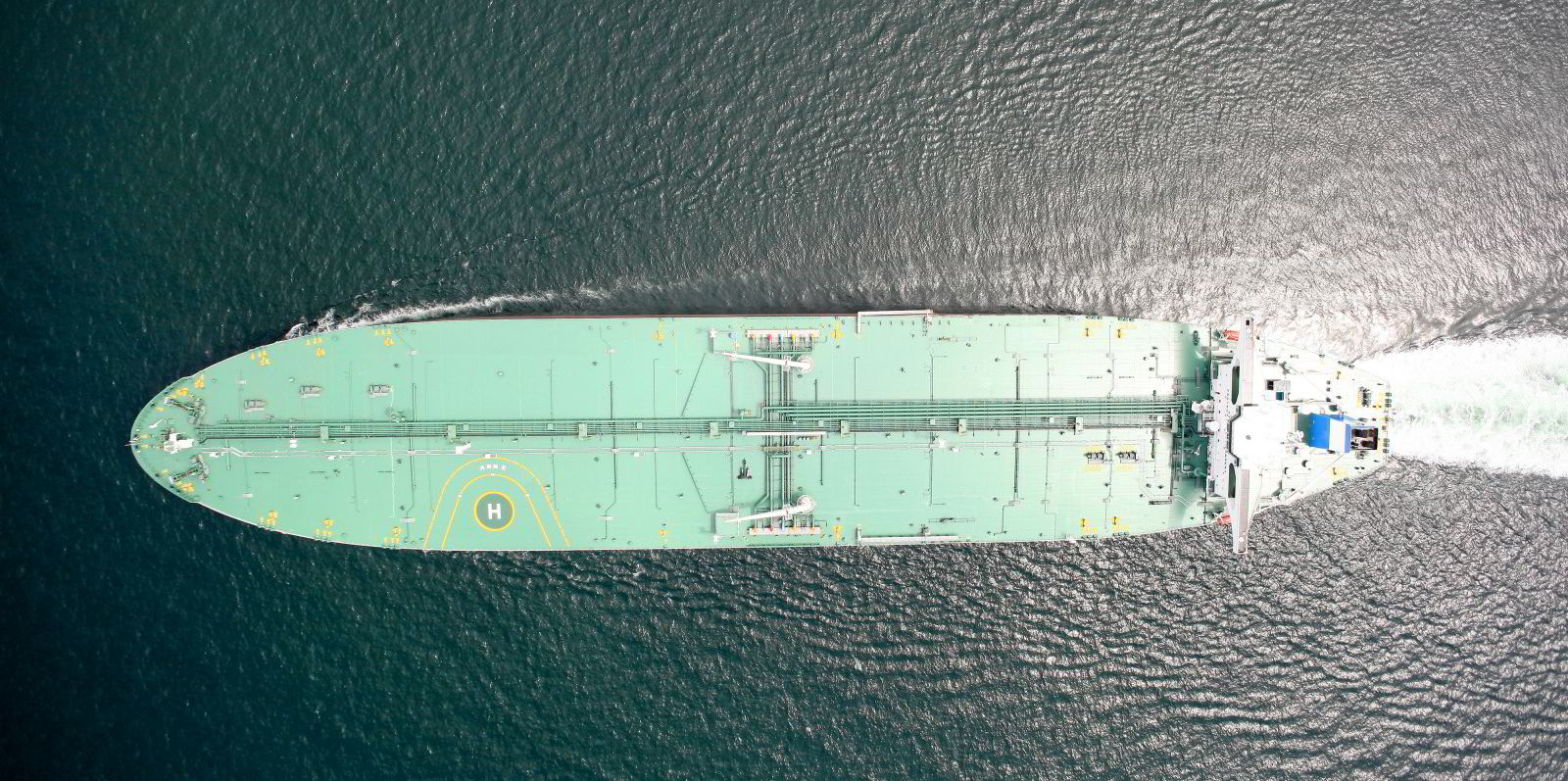What is left of Russia’s commercial tanker fleet continues to engage in “dark activity” at sea, Windward said.
The London-listed technology firm said the frequency with which Russian and Russia-affiliated tankers have obscured their whereabouts has skyrocketed since Moscow launched its full-scale invasion of neighbouring Ukraine in late February.
“Before sanctions were put into place, the average number of dark activities by Russian-affiliated oil tankers was 1.9 per day,” Windward said in a note. “That number has since more than tripled to a daily average of 6.3 dark activities.”
The company said that prior to the invasion and sanctions, Russian rude oil tankers were barely involved in dark activities averaging 1.1 per week.
“Between February 24 and May 24, that number skyrocketed to 1.75 dark activities on average per week,” Windward said.
Dark activity includes shutting off automatic identification (AIS) responders, but the outfit said its artificial intelligence algorithms filter out unintentional AIS issues, like lost signals.
The company further identified a paring down of Russian tanker ownership.
It tracked 180 ownership changes from Russian entities to non-Russian entities in the three months since the invasion began.
Most of those vessels ended up in the fleets of companies based in Turkey, Singapore, the United Arab Emirates and Norway, the company said, similar destinations for Russian tankers before the invasion.
Hong Kong buyers have backed off purchasing Russian ships, while Latvian companies bought five after only purchasing one in 2021, according to Windward data.
Following the invasion, many western buyers refused Russian oil, with governments following with bans on Russia-linked ships and Russian oil. Most recently, the European Union had moved forward with a Russian oil ban, but details are scant on implementation.
The moves have reshuffled global oil markets, with China and India grabbing discounted Russian barrels and Europe looking to the Atlantic basin to meet its needs.
Russian oil still makes its way to the US and the UK, ahead of bans in those countries kicking in, with the cargo shifted between vessels in a ship-to-ship transfer.
Windward said it was not clear why STS transfers were always necessary, like in the case of the 308,371-dwt Yuan Qiu Hu (built 2015).
Business Insider has reported that reported the VLCC took cargo in an STS in South Korea before sailing to Ningbo. The website’s sources said the move was not done to avoid sanctions, but due to the availability of ships.
“The Yuan Qiu Hu VLCC returned to China only 3/4 laden,” Windward said.
“Had there been a real tanker-availability problem with moving Russian oil legally, it would have been fully laden to optimize the trade.”







